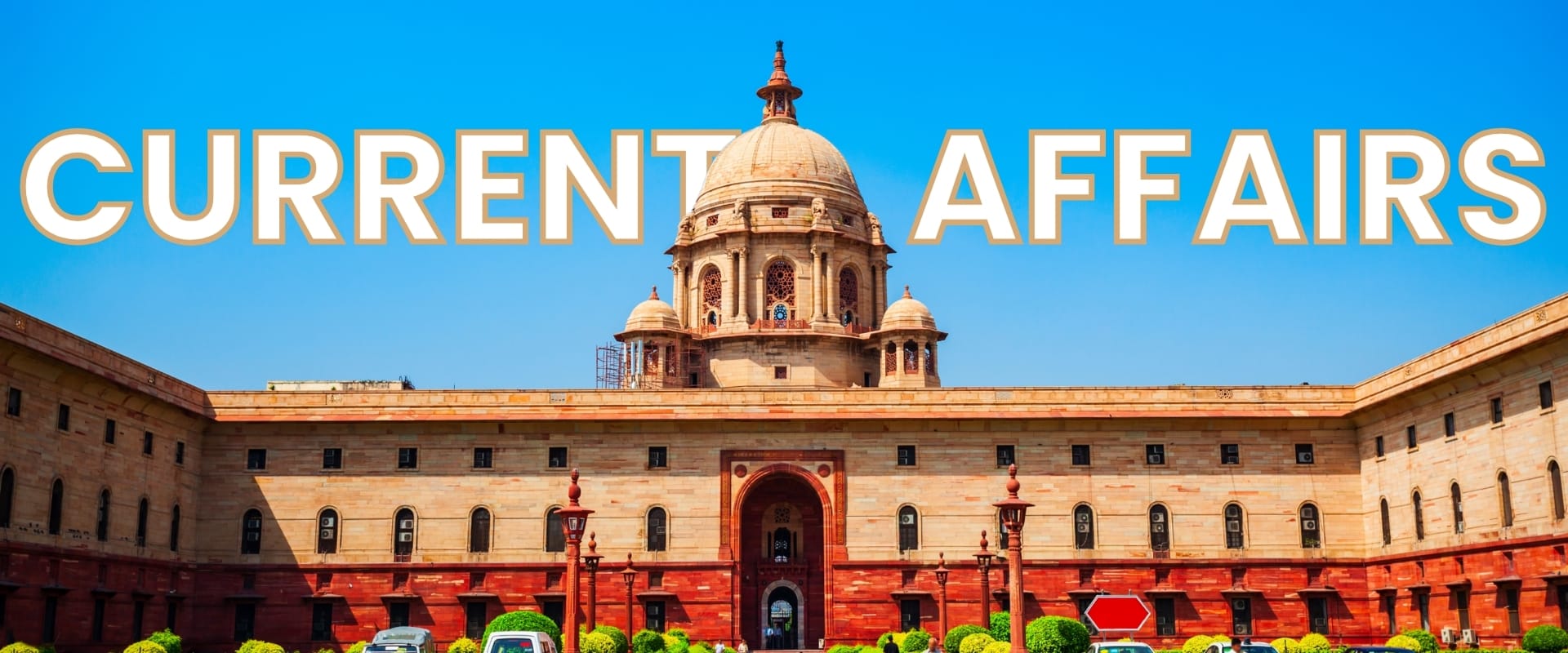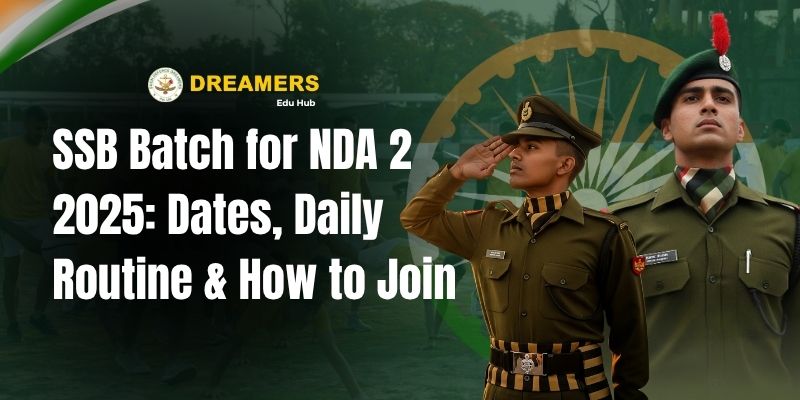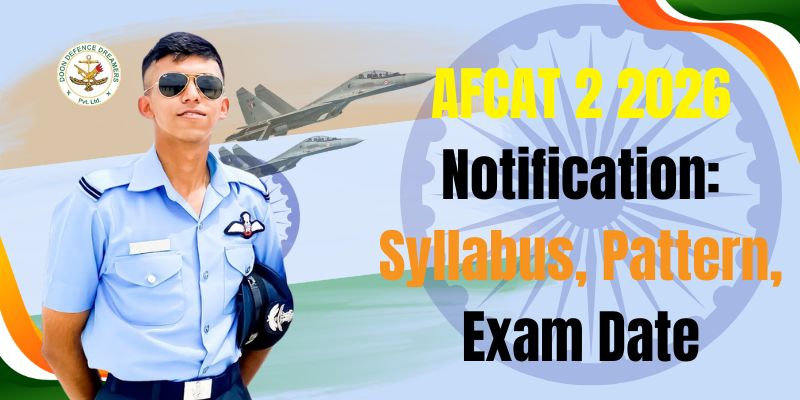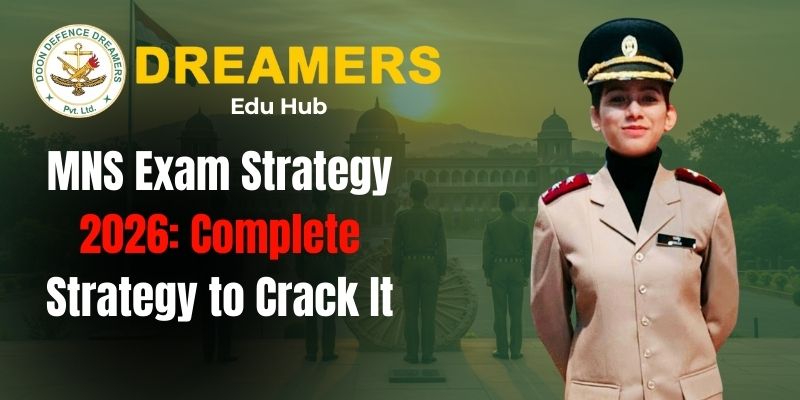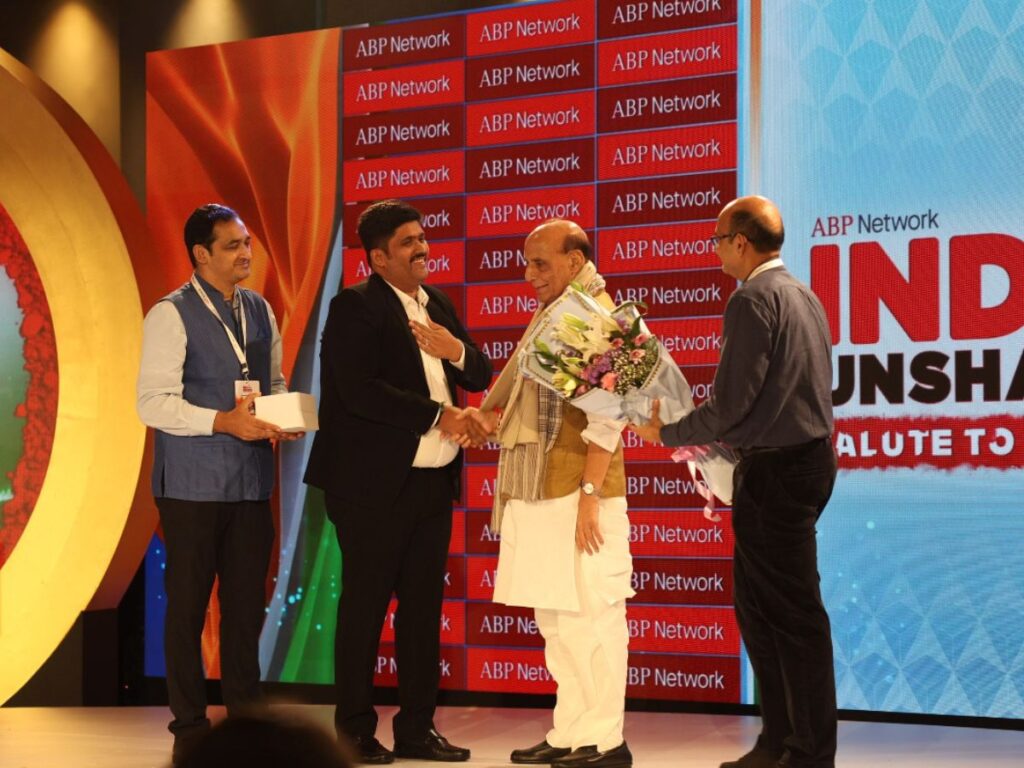Introduction
The Indian Army is not only the largest component of the Indian Armed Forces but also one of the most respected armies in the world. With its traditions of valor, discipline, and commitment to service, the Army stands as a pillar of national security. For young Indians, joining the Army represents honor, responsibility, and the opportunity to contribute to the defense of the nation.
However, becoming an officer or soldier in the Army is not a simple process. It requires years of preparation, rigorous selection, comprehensive training, and an enduring spirit of dedication. From the initial stages of schooling at RIMC (Rashtriya Indian Military College) and Sainik Schools to advanced officer training at academies like the Indian Military Academy (IMA), the Army shapes aspirants into leaders of men and guardians of the nation.
In this article, we will explore the training journey of Indian Army officers and soldiers, the career prospects they enjoy, and how early preparation with institutions like Doon Defence Dreamers plays a crucial role in shaping future Army leaders.
Entry Routes into the Indian Army
There are multiple pathways for aspirants to join the Indian Army depending on their educational qualifications and age:
Through NDA (National Defence Academy): For 10+2 students, NDA is the primary gateway to becoming a permanent commissioned officer.
Through IMA (Indian Military Academy): For graduates via CDS (Combined Defence Services) exam conducted by UPSC.
Through OTA (Officers Training Academy): For short-service commission officers, mainly via CDS or SSC entries.
Through Technical Entries: For engineering graduates and technical experts.
For Soldiers (JCOs/ORs): Recruitment rallies for soldiers, general duty, and tradesmen.
Each route involves a rigorous selection process, including written exams, physical standards, and the SSB interview, which evaluates officer-like qualities.
Training at the Indian Military Academy (IMA)
The Indian Military Academy, located in Dehradun, is the cradle of leadership for Army officers. Training at IMA transforms young cadets into confident, responsible, and battle-ready officers.
Key Aspects of IMA Training
Duration:
Direct entry (CDS/Technical graduates): 1½ years.
NDA cadets: 1 year after 3 years of NDA training.
Military Training:
Drill, weapon training, physical endurance.
Tactics, leadership exercises, field engineering, survival skills.
Academics:
Military science, history of warfare, strategy, geopolitics, and defense technology.
Physical and Mental Conditioning:
Cross-country runs, obstacle courses, battle drills.
Stress management, resilience, decision-making under pressure.
Goal of IMA Training
The aim is to develop cadets into officers who embody the Chetwode Motto:
The safety, honor, and welfare of your country come first, always and every time.
The honor, welfare, and comfort of the men you command come next.
Your own ease, comfort, and safety come last, always and every time.
Training of Soldiers and JCOs
Not just officers, but soldiers and Junior Commissioned Officers (JCOs) undergo training at Regimental Centers across the country.
Basic Military Training: Lasts around 6–12 months, focusing on discipline, weapon handling, and endurance.
Specialized Training: Depending on role — infantry, artillery, signals, engineering, or medical corps.
Continuous Learning: Soldiers receive regular refresher courses and skill development programs to keep up with modern warfare requirements.
Advanced Training and Specialized Academies
The Army provides opportunities for officers to specialize in different domains:
Army War College (Mhow): Higher command and staff training.
Defence Services Staff College (Wellington): Staff officer training.
Counterinsurgency and Jungle Warfare School (CIJWS), Mizoram: Specialization in guerrilla warfare.
High Altitude Warfare School (HAWS), Gulmarg: Training for mountain and snow warfare.
College of Military Engineering, Pune: Advanced technical training.
This ensures that officers and soldiers are ready to serve in diverse conditions — from deserts to high-altitude borders.
Life and Prospects in the Indian Army
1. Career Growth
Officers start as Lieutenants and can rise up to Generals.
Opportunities to serve in United Nations peacekeeping missions.
Fast-track promotions for exceptional service.
2. Job Security & Benefits
Permanent commission ensures a stable and long-term career.
Pay, allowances, pensions, medical facilities, housing benefits, and education for children.
3. Diverse Opportunities
Serving in combat units, technical branches, logistics, administration, or intelligence.
Specialized roles in cyber warfare, space, and defense technology.
4. Prestige & Honor
The Indian Army uniform carries unmatched respect in society.
Serving the nation instills a sense of pride and fulfillment.
Challenges of Army Life
While rewarding, Army life comes with challenges:
Long separations from family.
Risk of injury or death in combat or high-risk zones.
Adapting to frequent transfers and tough terrains.
Maintaining physical and mental readiness at all times.
These challenges, however, are part of what makes an Army career unique and fulfilling.
The Importance of Early Training (RIMC & Sainik Schools)
Success in the Indian Army often begins with early grooming. Institutions like Rashtriya Indian Military College (RIMC) and Sainik Schools prepare young boys from school level to adopt military discipline, leadership qualities, and academic excellence.
RIMC, Dehradun: Established in 1922, it prepares boys for NDA and military careers through rigorous academics and training.
Sainik Schools: Spread across India, they provide affordable, high-quality military-oriented education to nurture cadets for NDA.
Students from RIMC and Sainik Schools have historically had higher selection rates into NDA and other academies, proving the effectiveness of starting early.
Doon Defence Dreamers Preparing Aspirants
For aspirants aiming to join the Army via NDA, RIMC, or Sainik Schools, Doon Defence Dreamers in Dehradun offers structured coaching and guidance.
RIMC & Sainik School Preparation: The academy provides early foundation programs to help students clear entrance exams for these institutions along with interview preparation of RIMC.
NDA Foundation Batch: School-going students can start parallel preparation for NDA while continuing with their regular academics.
SSB Interview Training: Mock interviews, psychology sessions, and group discussions help aspirants build confidence.
Physical Training: Regular drills and PT sessions ensure fitness, stamina, and discipline.
Personality Development: Focus on communication, leadership, and officer-like qualities.
With expert faculty, regular mock tests, and a supportive environment, Doon Defence Dreamers bridges the gap between school-level aspirations and achieving the dream of donning the Indian Army uniform.
Conclusion
The training in the Indian Army is one of the most challenging and rewarding journeys an individual can undertake. From the first day of cadet life to commanding troops in real operations, the Army molds ordinary young men and women into extraordinary leaders. The prospects in the Army go beyond career growth — they bring prestige, stability, honor, and the pride of serving the nation.
For those who aspire to join, starting early with focused preparation through institutions like RIMC and Sainik Schools, and with the guidance of academies such as Doon Defence Dreamers, provides a strong foundation. With determination, discipline, and proper guidance, every aspirant can achieve the dream of becoming a proud officer or soldier in the Indian Army.
























